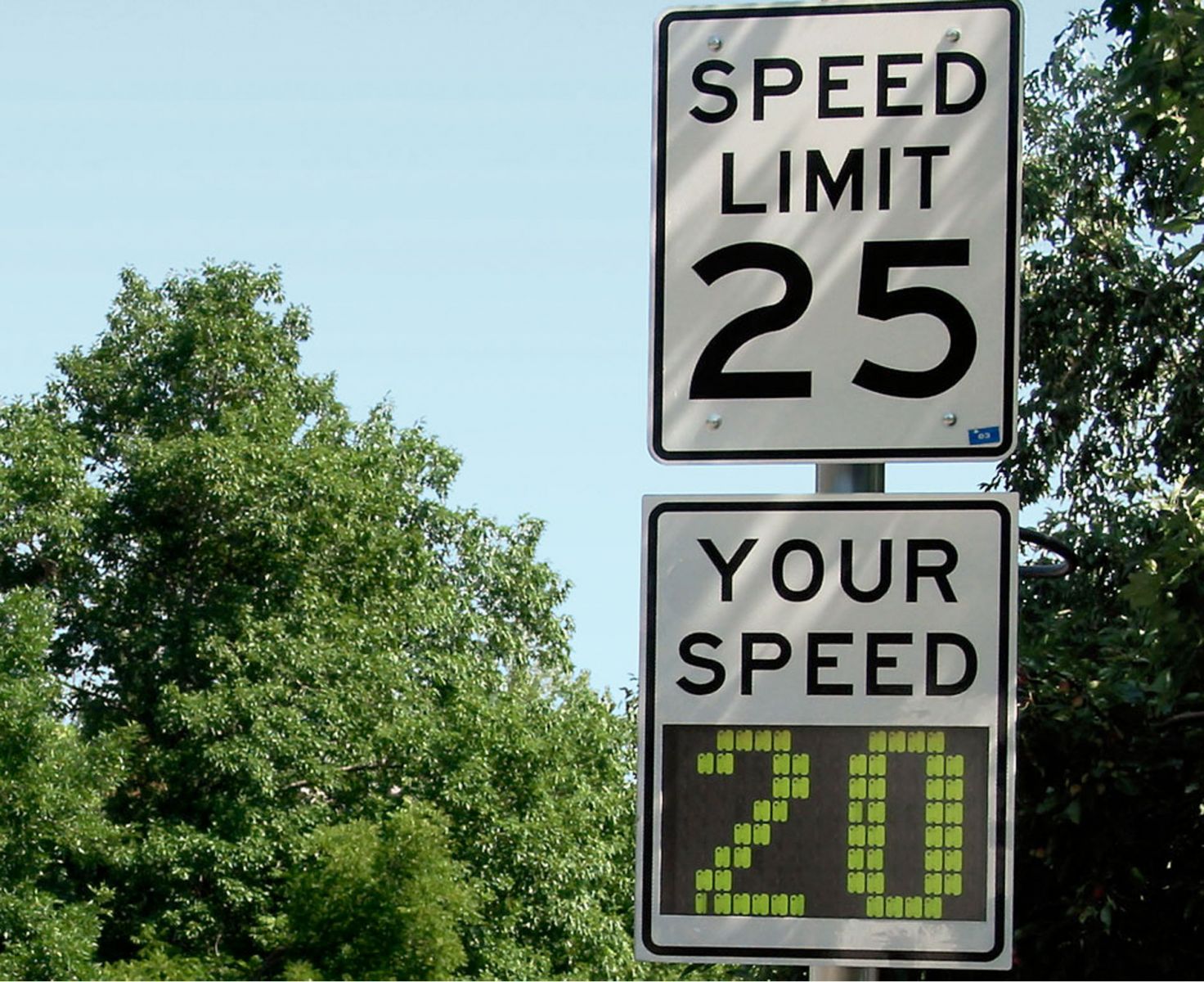Speed cameras will not significantly lower the road toll, says the car review website Dogandlemon.com.
Dogandlemon.com editor Matthew-Wilson, who is an outspoken road safety campaigner, says the rise in the road toll is largely due to an increase in accidents involving trucks, and also a rise in accidents involving middle-aged men on motorbikes.
“Speed cameras seem like a magic solution, but they’re not: they alienate ordinary motorists without affecting the behavior of the tiny minority who cause most fatal crashes.”
"The sad fact is: the idiots who cause most fatal accidents tend to ignore speed limits anyway.”
A 2009 AA analysis of fatal accidents stated:
“government advertising suggests you should be grateful to receive a speeding ticket because it will save your life. In fact, exceeding speed limits aren’t a major issue...Nor is it true that middle-New Zealand drivers creeping a few kilometres over the limit on long empty straights dominate the road toll..."
The AA analysis highlighted that many fatal accidents were caused by: "people who don’t care about any kind of rules. These are men who speed, drink, don’t wear safety belts, have no valid licence or WoF – who are basically renegades. They usually end up wrapped around a tree, but they can also overtake across a yellow line and take out other motorists as well. "

Matthew-Wilson adds: “In fact, the government’s own statistics show that speed alone is a factor in just 15% of fatal crashes.”
“About 85% of the road toll occurs below, not above, the speed limit. Of this 15% of accidents that occur above the speed limit, almost all are caused by either yobbos, impaired drivers or outlaw motorcyclists.”
Matthew-Wilson adds:
“Some road safety researchers deliberately misrepresent reality by defining speeding as: ‘driving too fast for the conditions’. So, any accident where someone loses control is defined almost automatically as a speeding accident, even though the driver may have been driving cautiously and well below the speed limit.”
“I’m not opposed to speed cameras; I’m opposed to speed cameras being installed in a way that often makes criminals out of relatively innocent motorists.”
Matthew-Wilson, who is a professional car reviewer, says it's actually quite hard to maintain a steady speed in modern turbocharged cars.
" As soon as you take your foot off the accelerator, your speed drops right back. As soon as you accelerate, it’s very easy to be over the speed limit in seconds. Cruise control is supposed to maintain a constant speed, but our tests have shown that, when driving down steep hills, your vehicle can creep well over the speed limit, without the driver even noticing.”
Matthew-Wilson said he favoured speed advisory signs, which simply show motorists what speed they’re doing, without issuing a ticket.

“Speed advisory signs are highly effective at lowering speeds in high risk zones, but they don’t alienate motorists. The fact is, most drivers will slow down if you remind them that they’re going too fast. Matthew-Wilson believes speed cameras that issue tickets should be restricted to high-risk zones, such as outside schools and old folks’ homes. However, he says, motorists should be warned first.
“That’s how they do it in Sweden, which has the world’s lowest road toll; they give drivers a chance to do the right thing by warning them first. That’s the way to get the support and cooperation of the average driver.”
Matthew-Wilson says the key to lowering the road is simple:
“Move freight from large trucks onto rail, make it harder to get a motorbike license and re-target enforcement to high risk groups, such as drivers using cellphones and not wearing seatbelts.”
However, Matthew-Wilson believes that upgrading the highway system is the single most important step in lowering the road toll.”
“To date, there have been no fatalities on one of the Roads of National Importance. There’s nothing magical about these roads: the major reason for their safety is simply that they have median barriers and roadside fencing, so that simple mistakes don’t turn into fatalities.”
A study by Monash University of the effectiveness of roadside fencing and median barriers concluded that: “reductions of up to 90% in death and serious injury can be achieved, with no evidence of increased road trauma for motorcyclists.”
